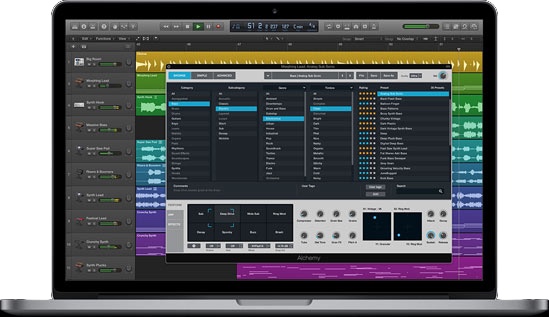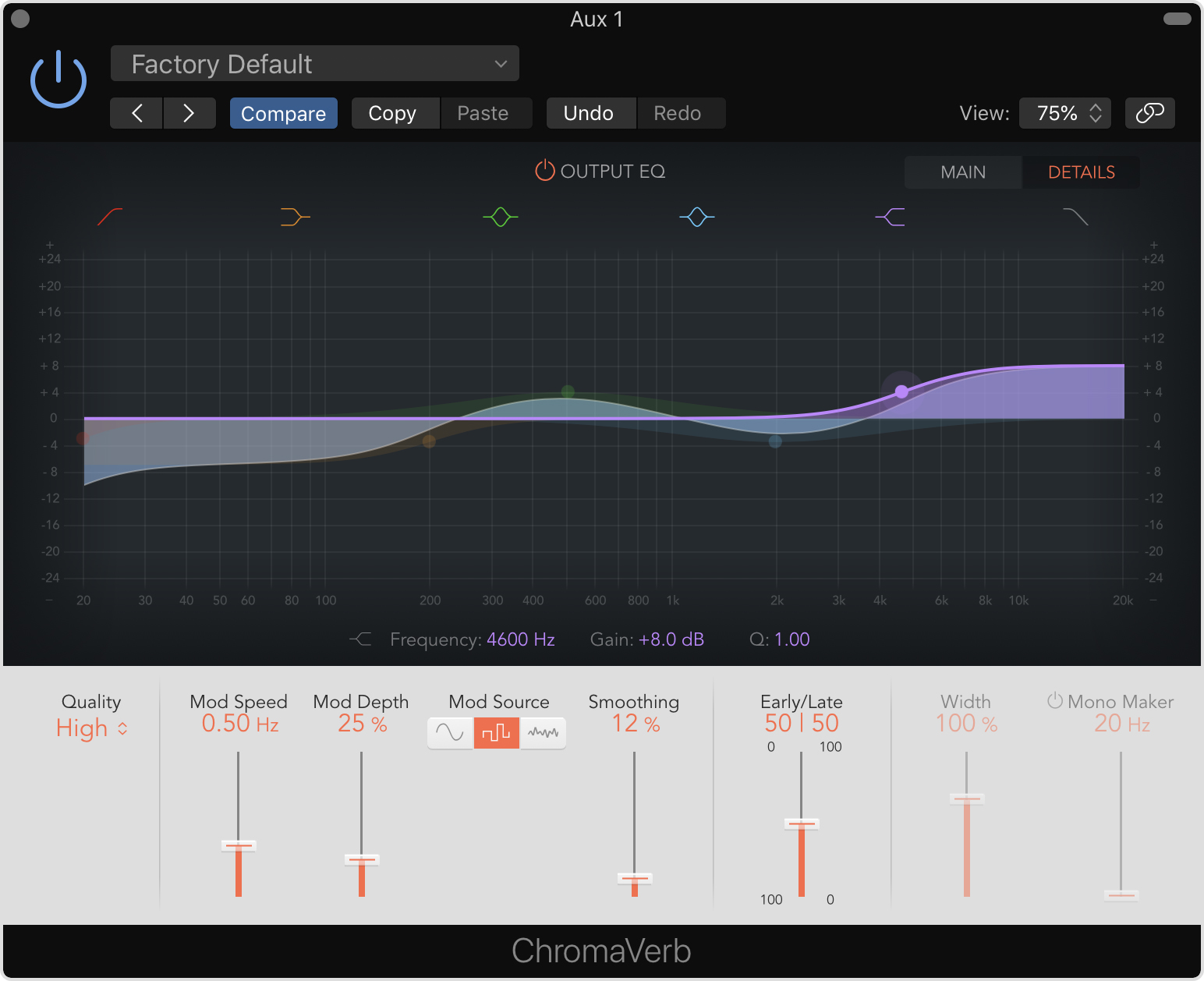

If at least one of the inputs is 1, then the output will be 1. The OR gate has two inputs and one output. The symbol for NAND is the same as that for AND except for the addition of a small circle on the right side. The name NAND comes from joining NOT and AND. Its output is 0 when the two inputs are 1, and for all other cases, its output is 1. You can think of it as an AND gate followed immediately by a NOT gate. The NAND gate behaves in the opposite fashion to an AND gate. The output is 1 if both inputs are 1, and for all other cases the output is 0. The AND gate has two inputs and one output. Tables listing all logical possibilities like this are known as truth tables. The two possibilities are written out in the table below. The NOT gate is also known as an inverter because the output is the exact opposite of the input. Additionally, you can rename an output by double clicking on its label. If you need more space, click on the "Full screen mode" button which will increase the size of the workspace to fill the size of the window. Input (solid circle) and drag away and release, or alternatively you can right click anywhere on the connection. To remove connections, you can click on the

To delete nodes, click the small cross in the top right corner of its enclosing box. You can drag it to your desired position. The new node will be placed in the top left hand corner, and To add a new logic gate, or an additional input or output block, choose from the dropdown menu and then click "add node". This is our way of differentiating between 0 (off) and 1 (on). Click the on/off switch and see what happens. Our "on/off" switch and "output block" aren't actually logic gates,īut they are required because they give us the 1s and 0s needed to see how the gates behave. On/off switch, and release the mouse when you are over the solid circle on the left side of the "output" block.įor each of the logic gates, outputs are hollow circles, and inputs are solid circles. To connect them, click and drag from the hollow circle on the right side of the You are presented with a simple on/off input and an output. The quality of Apple's support for Logic is excellent, as it is for all other products.Hmmm I stand corrected then! But I doubt the OP is going to want to pay $29 each time.The demo above allows you to create sequences of logic gates to see how they behave when connected to various inputs and outputs. To receive support, you call the regular support hotline, and specifically ask for Logic support. This is incorrect, Apple does provide technical support for Logic, they actually have a dedicated department for it. The quality of Apple's support for Logic is excellent, as it is for all other products. If it's an issue with a 3rd party plug, for example, they can tell you as much, but Apple support will not troubleshoot 3rd party products. It means, if something does not work in Logic, they assist.
#Logic pro helpline how to#
'Support' means just that, it does not mean that Apple provides training over the phone if you don't know how to do something in Logic. These are quite expensive, so you may be better off with case by case support.
#Logic pro helpline free#
Phone support is free for the first 90 days after you buy Logic, after that, you have to pay for it ($29.- per issue).Īpple used to have dedicated support contracts for Pro Audio, looks like those don't exist anymore.īut there are support contracts that cover Logic, details here and here.


Put simply, no, Apple doesn't provide support for Logic.This is incorrect, Apple does provide technical support for Logic, they actually have a dedicated department for it.


 0 kommentar(er)
0 kommentar(er)
